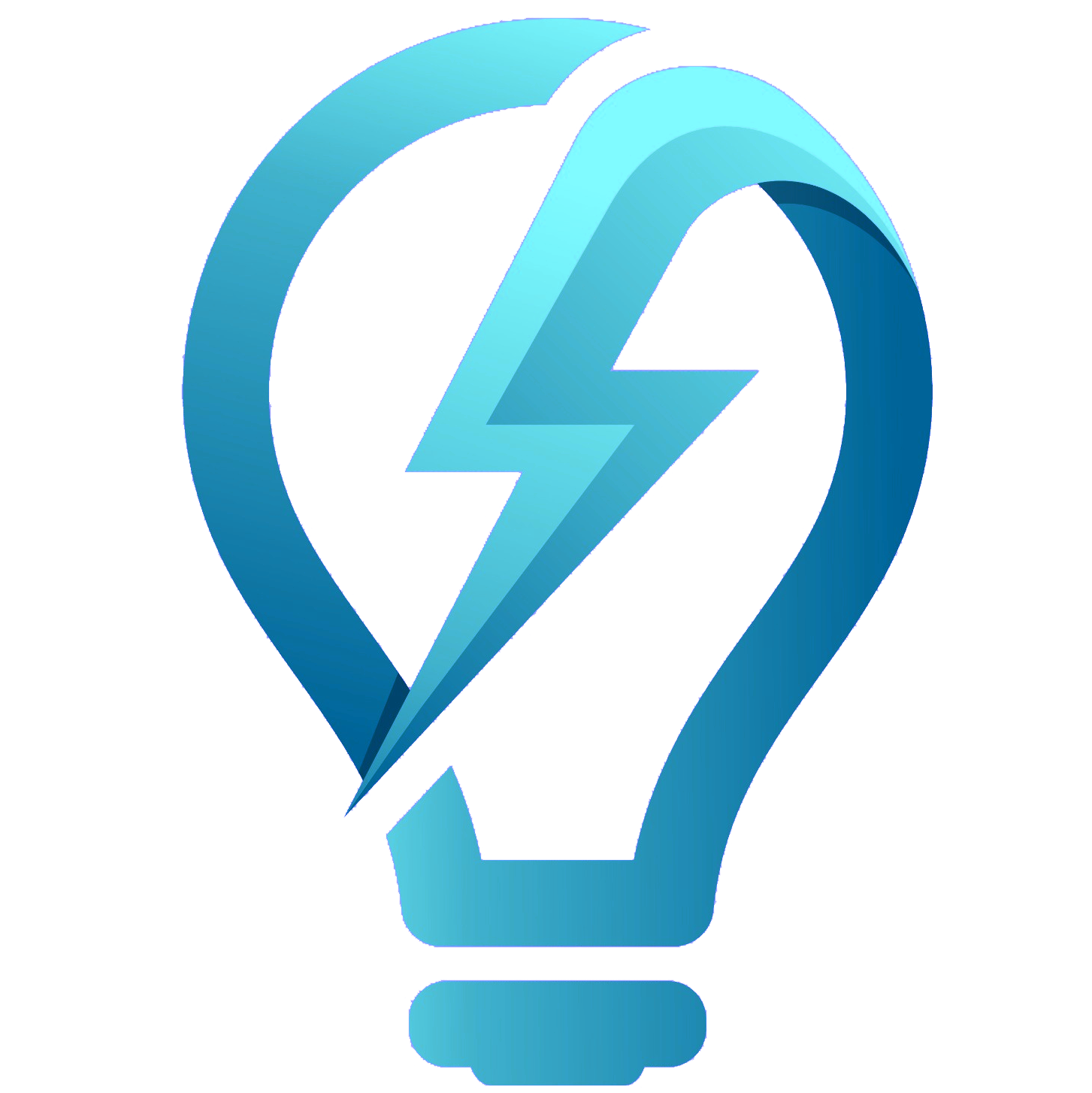Brainstorming with Da Vinci: Chapter 25
Idea Waterfall
Increase the Ideas Per Hour

Sometimes speed kills, especially when it comes to writing a hit single. Lady Gaga once said, “If it takes you longer than, like, ten to thirty minutes to write a song, it’s probably not a good song.”

Many hit singles were written in just minutes. Doug Fieger claimed that the song “My Sharona,” a song about his muse Sharona Alperin, was written in only fifteen minutes. REM’s “Losing My Religion” was written in eleven minutes and was a byproduct of guitarist Peter Buck messing around with a mandolin. And believe it or not, “Yesterday” from the Beatles was written in less than one minute. Paul McCartney conceived the song during a dream and quickly wrote down the song when he awoke.
In my experience, you know quickly if an idea has legs. Belaboring an idea to try and make it great can be exhausting and unproductive. Sometimes it is better to generate ideas quickly as opposed to spending too much time on one concept.
Idea Waterfall Method
The idea waterfall is meant to generate as many ideas as possible in a short amount of time. This method works well if you are pressed for time and need to get to a solution quickly.
Set Time and Expectations
Set expectations prior to the session on how long the speed round will be (e.g., thirty minutes, one hour). For example, in my brainstorming session for Ford Motor Company, the goal was to rethink their customer service experiences (e.g., vehicle service, owner events, vehicle personalization). I identified eight different experiences in which we would brainstorm. I set a time limit of thirty minutes for each experience. Within each thirty-minute segment, I pushed the team to create as many ideas as possible, then moved onto the next experience. Within the speed round, we briefly fleshed out ideas. Once we completed all eight experiences, we went through the ideas—picking out the stronger ideas—and then had a series of sessions to build out these ideas.
Stick to the Time Limit
When conducting a speed round, you can either set the time limit per idea or per idea territory. Idea territories can include topics, themes, or experiences—like in my Ford example. In this session, set a maximum time limit for each idea (say five minutes) or idea territory (say thirty minutes). After the time limit, move onto the next idea or territory. Worth noting is you do not need to spend the full allotted time. It is a max time limit for a single idea or territory.
You can keep time various ways. A simple method is using a timer on your smartphone. I personally like using a board game sand timer, because the entire team can see time trickle away. You can get hourglass timers for different time increments on Amazon for under ten dollars.
Build before Rejecting
The ideas you generate will not be fully fleshed out, so once you complete the idea waterfall session, go back through each idea, and build on it before accepting or rejecting it.
